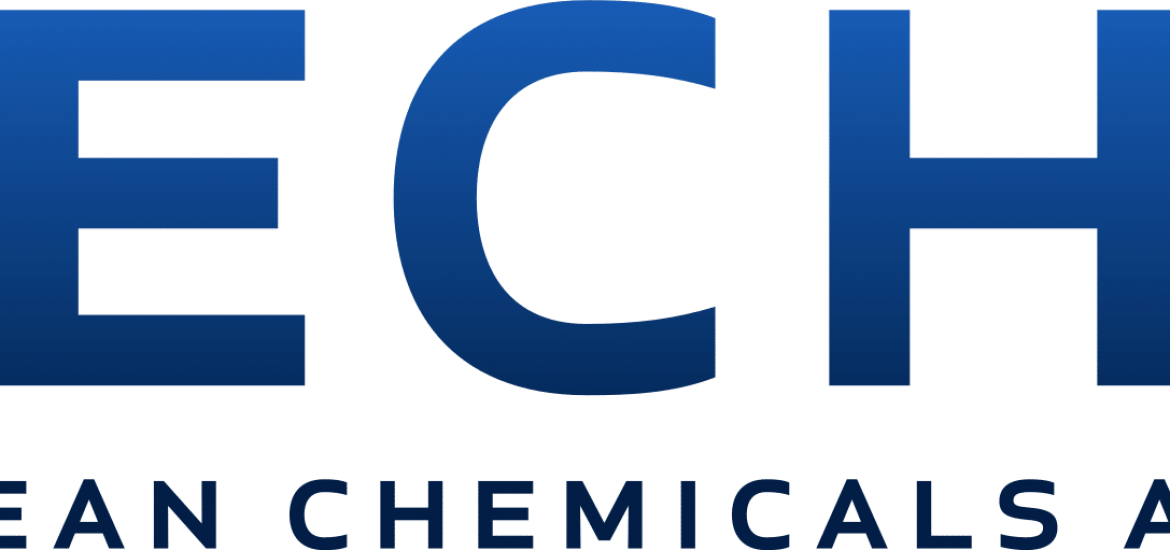
The European Chemicals Agency is once again accused of restricting public access to information – raising the long-standing claim that the agency is under the thumb of the industry.
Transparency is key to the EU’s assessment of chemicals and drugs. The now 11-year-old REACH regulation (registration, evaluation, authorisation and restriction of chemicals) was designed to collect much-needed information on potential impacts on both human health and the environment of the 3 000 or so chemicals produced and used in the EU. In a similar vein, ECHA was established to enforce the regulation, address the information gap and ensure that citizens were able to hold their institutions to account. However, the institution has lately been under scrutiny from environmental advocacy groups for alleged “failures of transparency”.
“ECHA has become the holder of strategic information. As a result, public authorities know far more than they used to about chemicals, their risks and how, where and why they are used. But REACH is not working as well as it should,” explained Dr. Apolline Roger, chemical project leader for ClientEarth – an activist lawyer group committed to securing a healthy planet. “It is now time to go the last mile and transfer the information which is now in the hands of public authorities to third parties,” she added.
Her complaint outlined four categories of information she deems “indispensable” to insure visibility and awareness in the general public and EU officials both:
- Information on the identity of chemicals, including their hazardous properties, the quantities in which they are manufactured, sold or used in the EU and how to handle them as safely as possible;
- Information on the function of chemicals, in order to assess their benefits and costs (and those of any alternative products);
- Information regarding which companies comply with their obligations to ensure chemical safety and which do not (to allow consumers to support the more ethical companies);
- Information on the rationale of the EU institutions’ decisions related to ensuring chemical safety, to increase trust in ECHA and its accountability.
This is not the first call for more transparency in the ECHA’s decision process. In March last year, the agency had to pen a written answer to accusations of restricted visibility in ECHA’s Risk Assessment Committee ruling habits made by director of Greenpeace Europe Jorgo Riss.
In this open letter, Geert Dancet, the agency’s Executive Director, defended ECHA’s transparency, saying it was “one of the Agency’s core values”. “Most of our staff and Committee members have a background in the public sector or academia. However, that does not mean that we rule out working with people who have relevant experience in the private sector or stakeholder organisations”, ECHA’s response explained, further arguing that “practical experience from the chemical industry or consultancy is valuable for a public regulatory organisation.”
The balance between openness and the “legal duty to protect intellectual property and confidential business information” is not an easy one to achieve. However, as the EU institutions are more and more attacked for their lack of democratic grounding, a little bit more visibility and allowing civil society, consumers, citizens, innovators and investors to play a bigger role in European policymaking, wouldn’t hurt. Unfortunately, as Dr. Roger points out, “most progress has been made after ECHA faced legal action for lagging behind on transparency.”
This post is also available in: FR (FR)